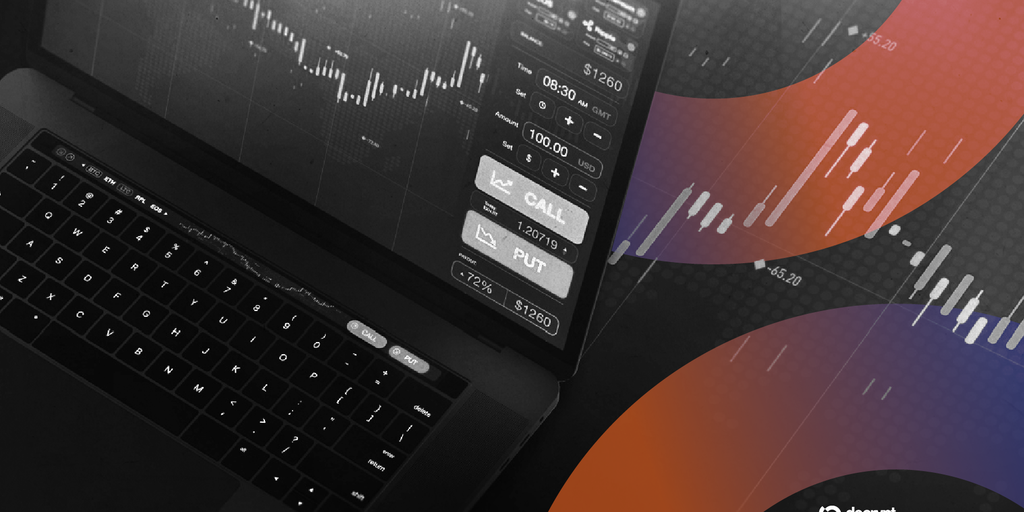An exploration of the challenges and opportunities behind introducing circuit breakers in decentralized finance (DeFi) to manage market disruptions.
Circuit Breakers in DeFi? Why Experts Say Managing Chaos On-Chain Isn't That Easy
Estimated Reading Time: ~6 minutes
Key Takeaways:
- DeFi revolutionizes the financial space but is prone to disruptions.
- Circuit breakers, effective in traditional finance, face hurdles in decentralized systems.
- Challenges include governance, technical execution, and philosophical debates about decentralization.
- Strategies for DeFi safeguard mechanisms remain mostly theoretical for now.
Introduction:
*Decentralized Finance (DeFi) has transformed the financial landscape, offering unprecedented autonomy, accessibility, and innovation. However, this revolutionary ecosystem is not without its challenges, particularly when it comes to handling disruptions and crises.*
Circuit breakers—widely used in traditional finance—are frequently suggested as a solution to stabilize DeFi during instances like excessive liquidations or flash loan attacks. But can these mechanisms truly find a home in the decentralized environment? Let’s dive deeper into this question.
The Role of Circuit Breakers in Traditional Finance:
In conventional markets, circuit breakers act as emergency brakes. They temporarily halt trading activity during extreme volatility, giving participants time to recalibrate and prevent catastrophic losses or manipulation.
Proponents argue that similar mechanisms could benefit DeFi by introducing stability during turmoil. Yet, adapting such practices raises significant complexities within decentralized systems.
The Challenges of Circuit Breakers in DeFi:
1. Governance Complications
*Unlike centralized systems, DeFi operates on decentralized governance.* Decisions are designed to be made collectively by token holders—a structure inherently unsuited for the immediacy required during emergency situations. Automated circuit breakers within smart contracts would need to be highly advanced to function optimally without undermining decentralization.
2. Technical & Security Concerns
DeFi circuit breakers must operate seamlessly within immutable blockchain networks. Improperly designed systems could trigger during normal market conditions or fail at critical moments, exacerbating issues instead of resolving them. A poorly executed safeguard could lead to unintended consequences, stirring instability instead of validation.
3. Philosophical Tensions
*Is decentralization negotiable?* DeFi purists argue that introducing circuit breakers might compromise its autonomy by opening pathways for centralized interference. For many enthusiasts, decentralization isn’t just a feature—it’s the bedrock of the ecosystem. Imposing significant intervention mechanisms might undermine trust in the entirety of the decentralized framework.
Opportunities & The Way Forward:
Despite these challenges, some believe circuit breakers can be effective in specific scenarios if implemented with care:
- Mechanisms could apply only during extreme, short-term turbulence.
- Any interventions must align with decentralized governance, ensuring community consensus.
- Innovative hybrid models, blending controlled pauses and decentralized decision-making, present promising prospects but remain in early conceptual stages.
*Ultimately, achieving equilibrium between intervention and autonomy is key.* Market instability in DeFi repeatedly showcases the need for safeguards, yet the pursuit of resilience shouldn’t come at the cost of fundamental decentralized principles.
Final Thoughts:
The debate over circuit breakers in DeFi reflects a larger philosophical battle between control and freedom. Can decentralized systems incorporate such mechanisms without compromising core values? Only time will reveal if the delicate balance can be struck.
Meanwhile, investors and stakeholders are advised to stay informed and vigilant in navigating this rapidly evolving space. Understanding risk—and acknowledging the trade-offs inherent in innovation—is essential as the crypto world seeks solutions to manage chaos on-chain.


